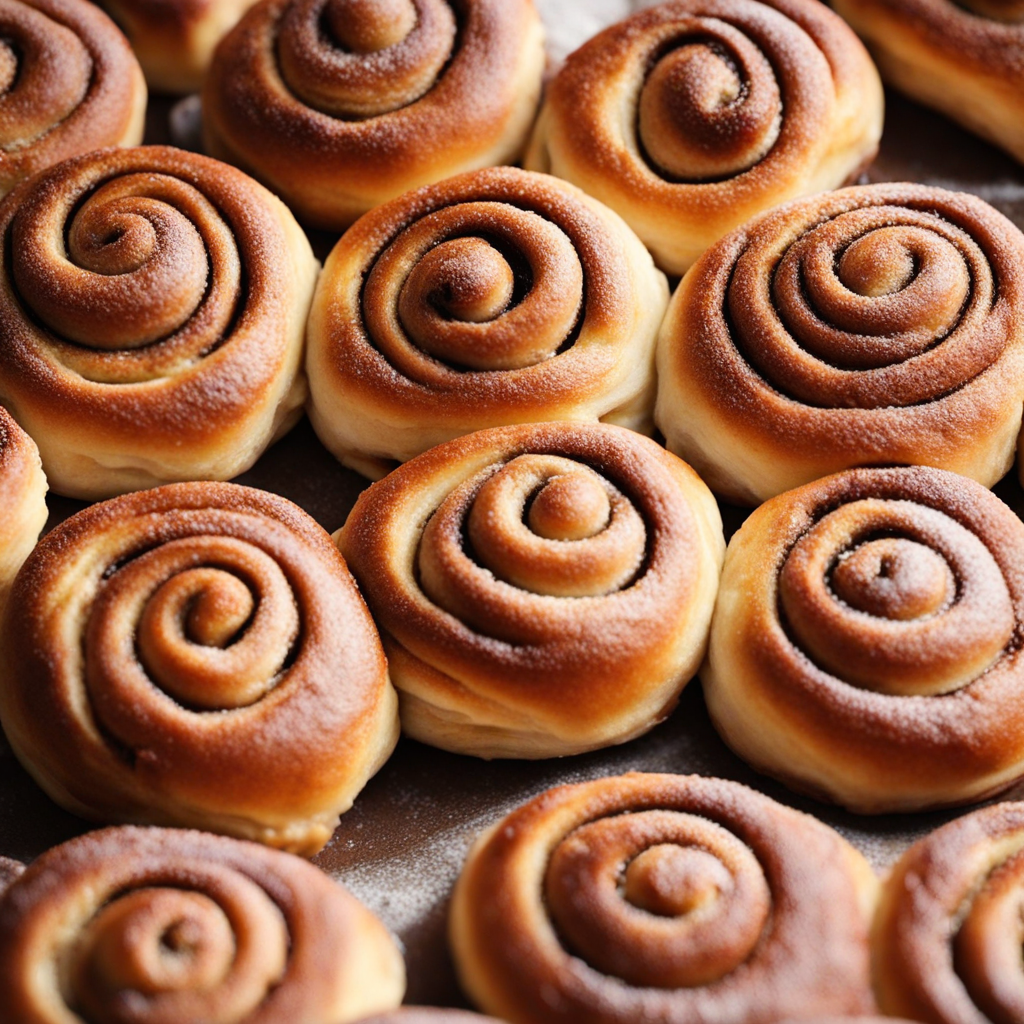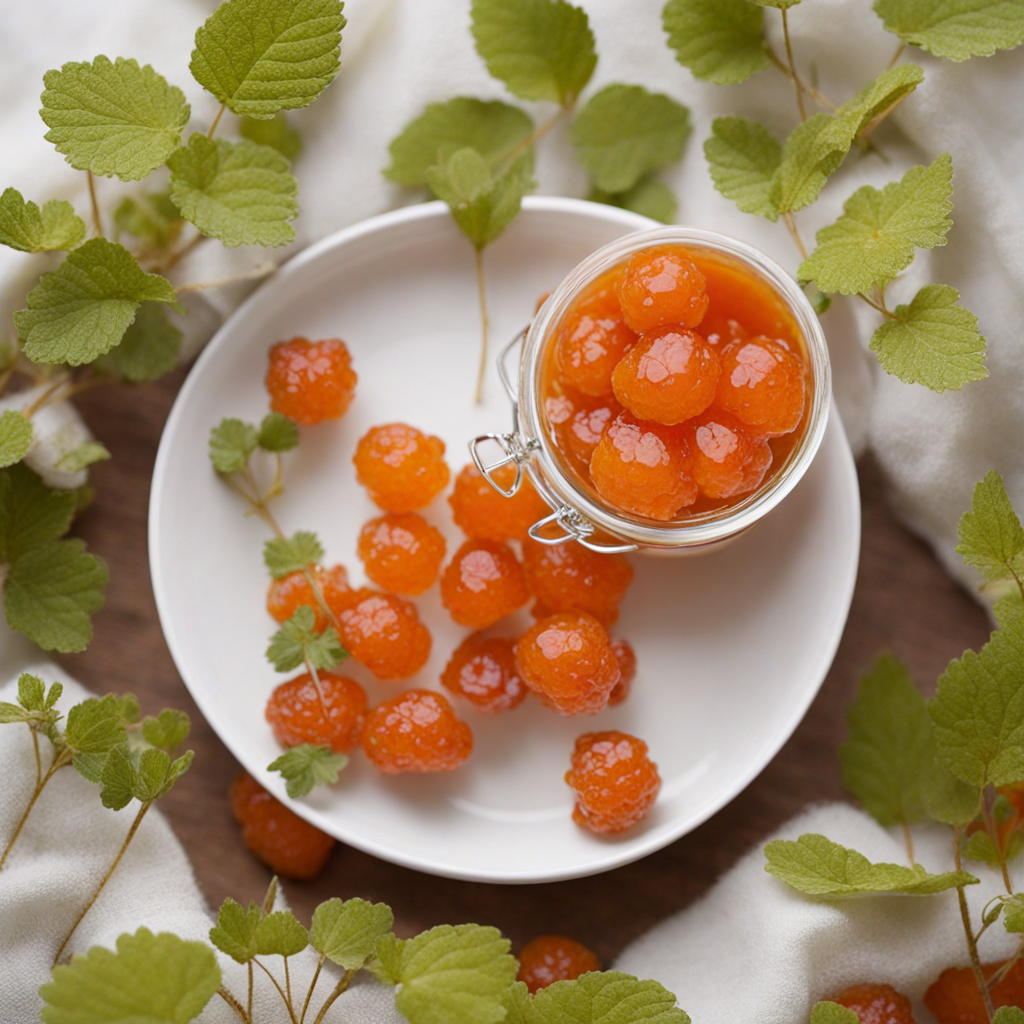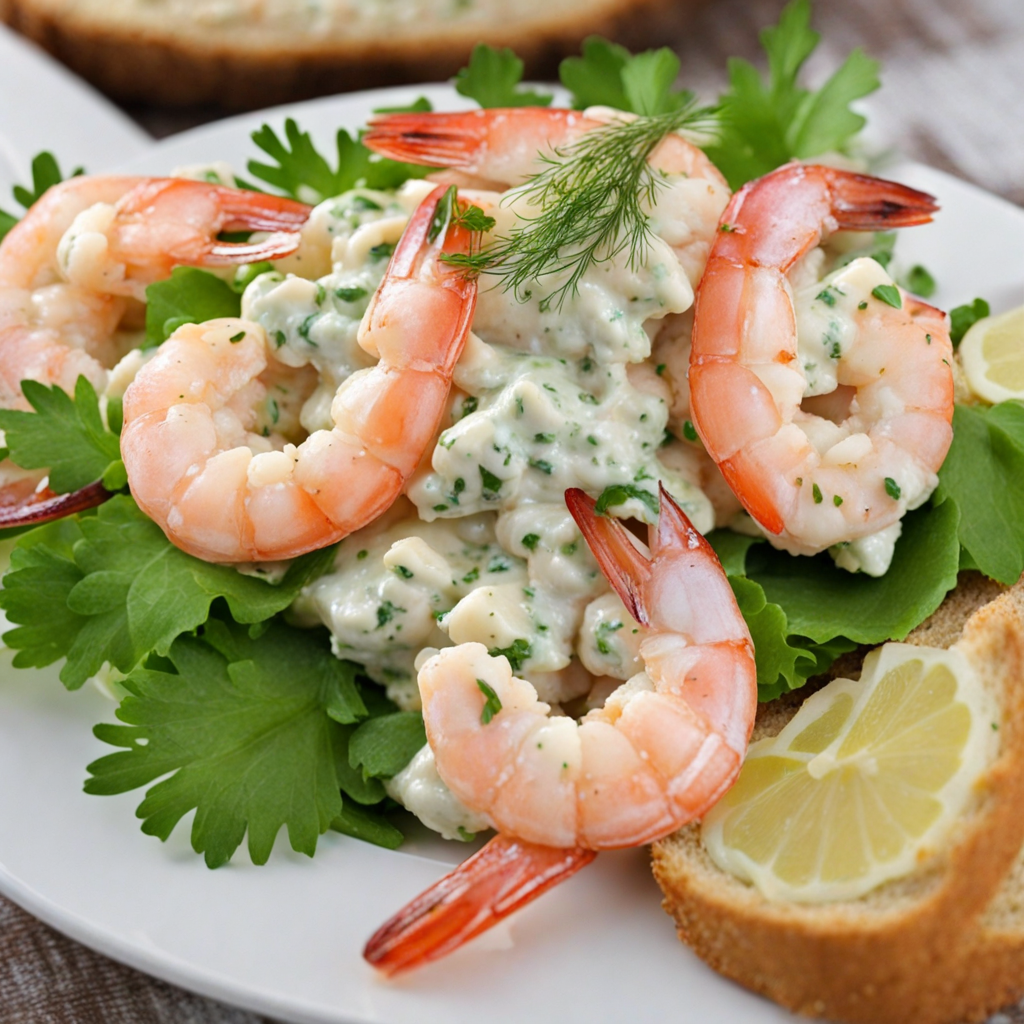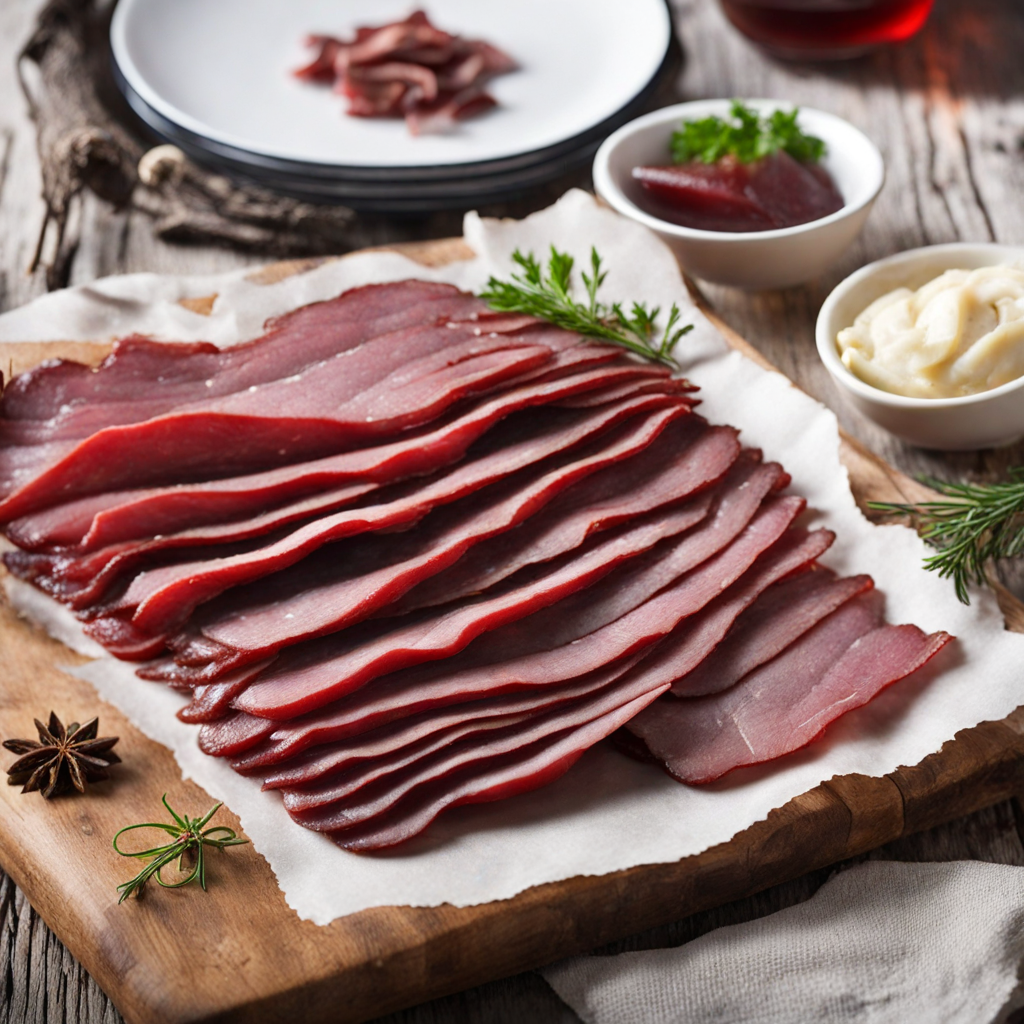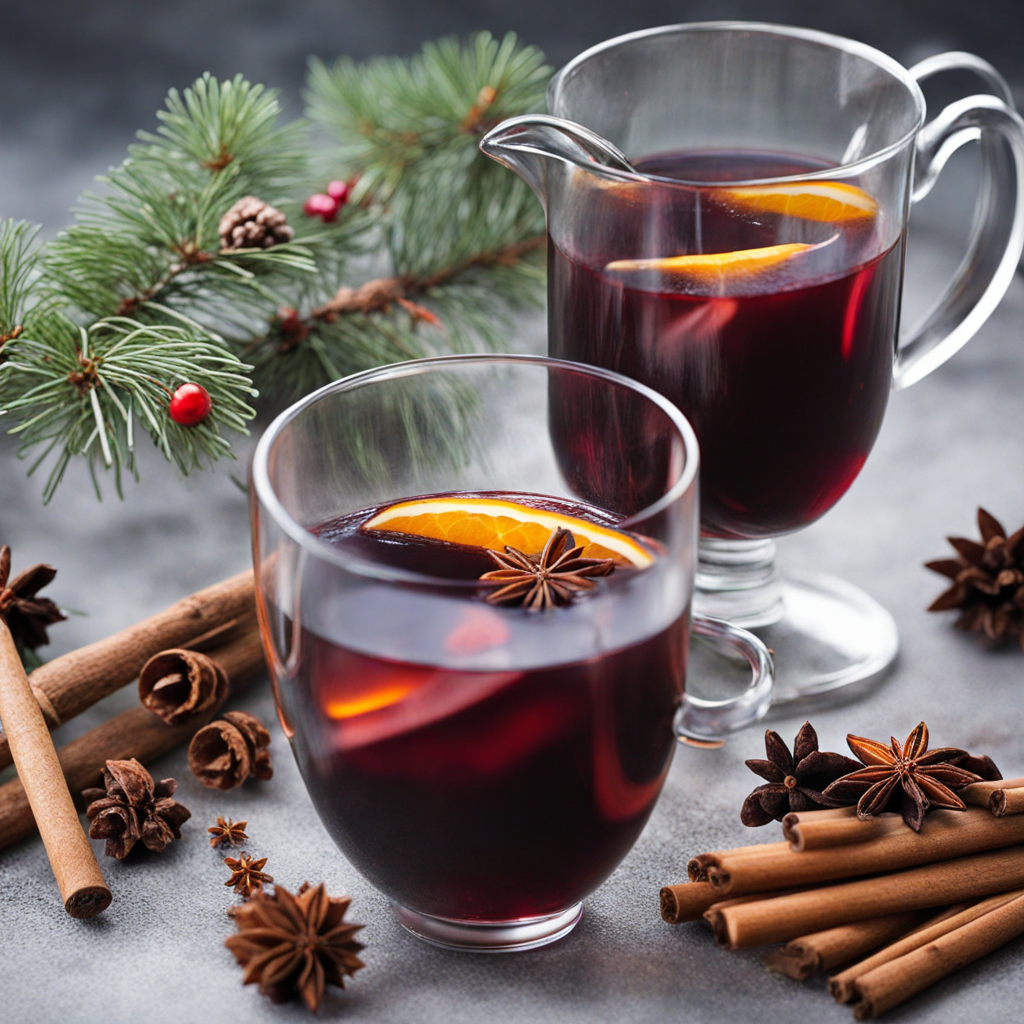Swedish Cinnamon Buns
Swedish Cinnamon Buns, known as "Kanelbullar" in Sweden, are an irresistible treat that embodies the warmth and comfort of Swedish baking. These delightful pastries are made from a soft, enriched dough that incorporates butter, sugar, and a hint of cardamom, giving them a unique flavor profile that sets them apart from regular cinnamon rolls. The dough is rolled out and generously spread with a mixture of cinnamon and sugar before being shaped into spirals, resulting in a beautiful, swirled appearance that tempts the senses. As you take your first bite, the tender, pillowy texture melts in your mouth, while the rich cinnamon filling provides a warm and spicy sweetness. The addition of cardamom adds a fragrant twist, enhancing the overall taste experience. Each bun is often topped with a sprinkle of pearl sugar, which adds a delightful crunch that contrasts perfectly with the soft dough. This combination of flavors and textures makes Swedish Cinnamon Buns a beloved snack, enjoyed with coffee or tea during Fika, the traditional Swedish coffee break. What truly sets Kanelbullar apart is the care and tradition behind their creation. In Sweden, baking these cinnamon buns is a cherished ritual, often passed down through generations. They are not only a delicious treat but also a symbol of hospitality and togetherness. Whether enjoyed fresh from the oven or reheated, these buns evoke a sense of home and warmth, making them a perfect addition to any gathering or simply a cozy moment at home.
How It Became This Dish
The Delicious Journey of Kanelbullar: Sweden’s Beloved Cinnamon Buns #### Origins: A Sweet Beginning Kanelbullar, the beloved Swedish cinnamon bun, has a rich and fascinating history that traces back to the early 20th century in Sweden. The name "kanelbullar" translates literally to "cinnamon rolls," with "kanel" meaning cinnamon and "bullar" meaning buns. While the concept of sweet, spiced bread is not unique to Sweden, the specific form and preparation of kanelbullar can be attributed to the Scandinavian region, where baking with spices became more commonplace during the 1700s. The use of cinnamon in baking can be traced back to ancient times, but it was not until the late 19th and early 20th centuries that it began to be integrated into everyday Swedish pastries. The introduction of sugar and spices from trade routes opened up new culinary possibilities. By the 1920s, kanelbullar had started to emerge as a distinct pastry, often enjoyed during coffee breaks, a tradition known as "fika," which is a central part of Swedish culture. #### Cultural Significance: Fika and Community Fika, the Swedish custom of taking a break for coffee and pastries, is not merely a snack but a vital social ritual. The concept of fika emphasizes the importance of pausing in the day’s activities to enjoy a moment of relaxation and connection with others. Kanelbullar, often served alongside coffee or tea, plays a fundamental role in this practice. It symbolizes hospitality and warmth, making it a staple in homes, cafés, and bakeries across Sweden. Kanelbullar is more than just a delightful treat; it represents a sense of community and togetherness. During special occasions, such as birthdays, holidays, and even ordinary family gatherings, kanelbullar is often featured on the table, reinforcing its role in celebrating life’s moments, big and small. The act of baking these rolls can also be seen as a familial tradition passed down through generations, with recipes often varying from one household to another, reflecting personal touches and regional variations. #### The Evolution of Kanelbullar: From Tradition to Modernity The original kanelbullar recipe consisted of a basic sweet yeast dough, enriched with butter, sugar, and spices, typically cinnamon and cardamom. The dough would be rolled out, spread with a mixture of butter and sugar, sprinkled generously with cinnamon, and then shaped into spirals or knots before being baked to perfection. This preparation method became a cherished family practice, with each baker adding their unique flair, whether through different fillings or shaping techniques. In the 1950s and 1960s, as Sweden became more urbanized and modernized, kanelbullar took on new forms and variations. The introduction of new baking techniques and ingredients allowed for experimentation. The classic kanelbullar began to appear in bakeries across the country, often adorned with a sprinkle of pearl sugar on top, adding a delightful crunch to the soft, cinnamon-scented bun. The popularity of kanelbullar surged in Swedish culture, leading to its incorporation into festive celebrations, including Kanelbullens Dag, or Cinnamon Bun Day, celebrated annually on October 4th since 1999. #### Global Influence: Kanelbullar Beyond Sweden As globalization progressed, kanelbullar began to transcend its Swedish roots and found its way into the hearts (and stomachs) of people worldwide. In the late 20th and early 21st centuries, Swedish culture gained recognition, particularly through the rise of the fika movement, influencing coffee culture in many countries. Cafés in cities across Europe and North America started to offer kanelbullar alongside coffee, popularizing this traditional treat among non-Swedish populations. The internet has also played a pivotal role in spreading the love for kanelbullar. Recipe blogs, social media platforms, and cooking shows have introduced a wider audience to the art of baking kanelbullar, encouraging home bakers to try their hands at creating this beloved pastry. The accessibility of ingredients and recipes has led to a new wave of kanelbullar enthusiasts who experiment with flavors and fillings, from chocolate to cardamom-infused variations, showcasing the versatility of this timeless treat. #### Contemporary Trends: A Pastry for Every Palate In recent years, kanelbullar has continued to evolve, reflecting contemporary dietary preferences and trends. Vegan and gluten-free versions have emerged, allowing individuals with dietary restrictions to enjoy this comforting pastry. Bakeries are innovating with fillings and toppings, offering options like almond paste or even saffron-infused dough during the Christmas season. Moreover, the aesthetic appeal of kanelbullar has captured the attention of food stylists and photographers, making it a popular subject on social media platforms like Instagram. The visually appealing swirls of cinnamon and sugar, combined with the rustic charm of homemade pastries, have contributed to the kanelbullar's status as a beloved food icon. #### Conclusion: A Timeless Classic Kanelbullar embodies more than just a sweet treat; it is a symbol of Swedish culture, representing community, tradition, and the joy of simple pleasures. From its humble origins to its global popularity today, kanelbullar has maintained its status as a cherished pastry, evolving with the times while staying true to its roots. As we continue to celebrate the art of baking and the joy of sharing food with loved ones, kanelbullar will undoubtedly remain a staple in Swedish households and beyond. Whether enjoyed during a traditional fika or as a modern twist in a trendy café, the aroma of cinnamon and sugar wafting through the air will always evoke warmth and nostalgia, reminding us of the timeless nature of this beloved Swedish pastry.
You may like
Discover local flavors from Sweden



